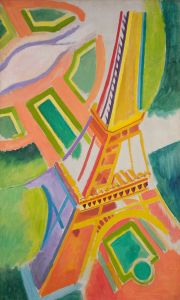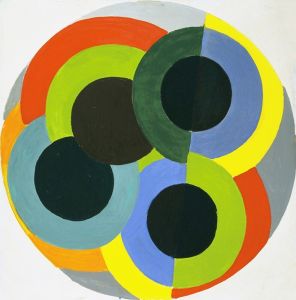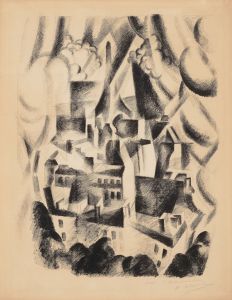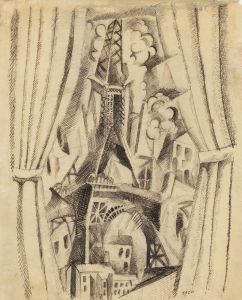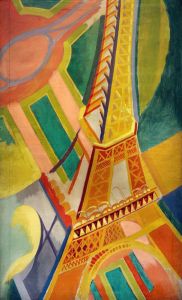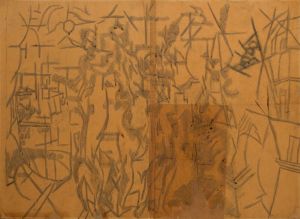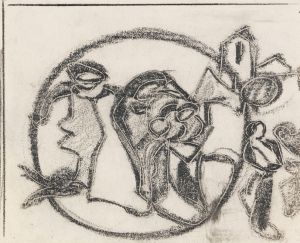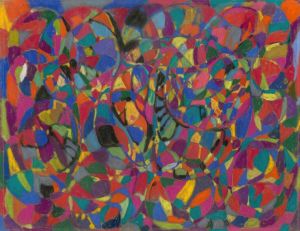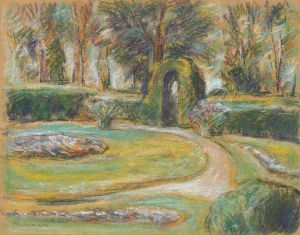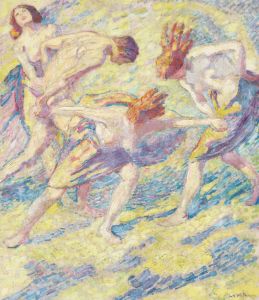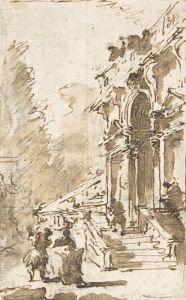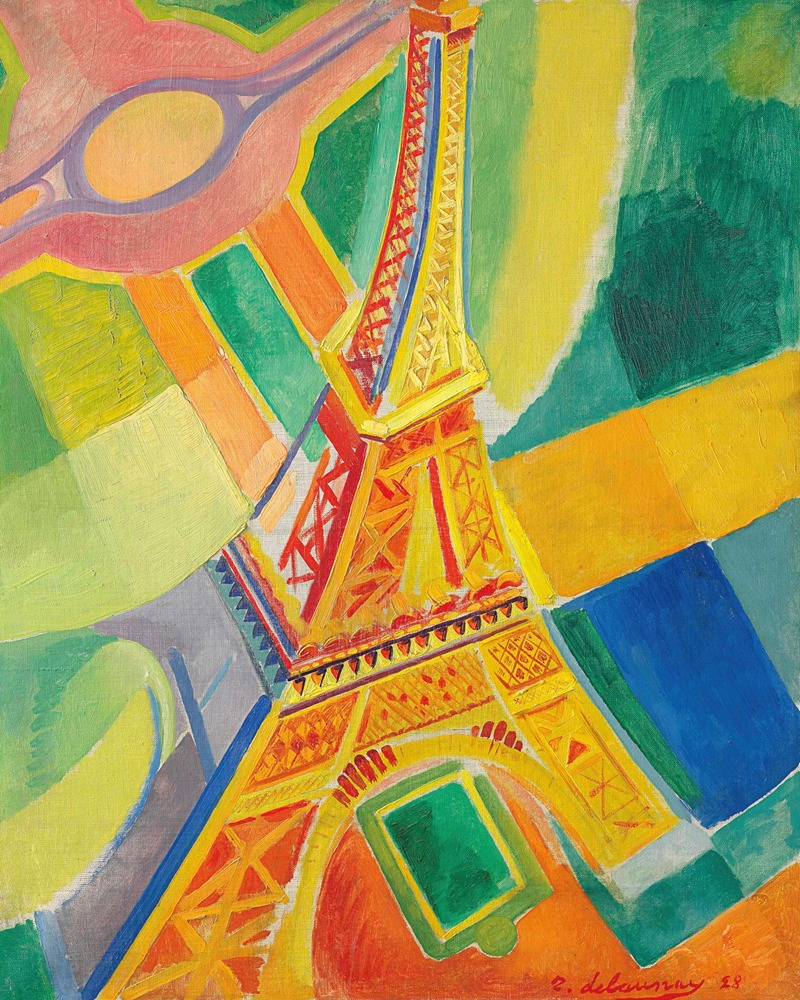
La Tour Eiffel
A hand-painted replica of Robert Delaunay’s masterpiece La Tour Eiffel, meticulously crafted by professional artists to capture the true essence of the original. Each piece is created with museum-quality canvas and rare mineral pigments, carefully painted by experienced artists with delicate brushstrokes and rich, layered colors to perfectly recreate the texture of the original artwork. Unlike machine-printed reproductions, this hand-painted version brings the painting to life, infused with the artist’s emotions and skill in every stroke. Whether for personal collection or home decoration, it instantly elevates the artistic atmosphere of any space.
Robert Delaunay's "La Tour Eiffel" is a celebrated painting that exemplifies the artist's fascination with modernity and the dynamic energy of urban life. Created in 1910, this work is part of a series of paintings by Delaunay that focus on the Eiffel Tower, a symbol of technological advancement and the modern age. Delaunay, a French artist, was a key figure in the development of Orphism, an offshoot of Cubism that emphasized the use of vibrant color and abstract forms to convey a sense of movement and rhythm.
The painting "La Tour Eiffel" captures the iconic Parisian landmark from a unique perspective, showcasing Delaunay's innovative approach to composition and color. Unlike traditional representations of the Eiffel Tower, Delaunay's version is fragmented and abstracted, reflecting the influence of Cubism. The structure is depicted with a series of intersecting planes and vibrant colors, which create a sense of dynamism and movement. This abstraction allows the viewer to experience the tower not just as a static object, but as a living, breathing entity that interacts with its environment.
Delaunay's use of color in "La Tour Eiffel" is particularly noteworthy. He employs a bold palette of reds, blues, yellows, and greens, which are applied in a way that suggests the play of light and shadow on the tower's surface. This use of color is characteristic of Orphism, which sought to evoke emotion and sensation through harmonious color relationships. The vibrant hues in the painting also reflect the energy and optimism of the early 20th century, a time when technological advancements were rapidly transforming society.
The composition of "La Tour Eiffel" is marked by its sense of movement and fluidity. Delaunay achieves this effect through the use of circular forms and diagonal lines, which guide the viewer's eye across the canvas. This dynamic composition is intended to convey the bustling atmosphere of Paris and the constant motion of modern life. The Eiffel Tower, as depicted by Delaunay, becomes a symbol of this new era, representing both the achievements of human ingenuity and the ever-changing nature of the urban landscape.
Delaunay's "La Tour Eiffel" is also significant for its role in the development of abstract art. By moving away from realistic depictions and focusing on color and form, Delaunay paved the way for future artists to explore new ways of representing reality. His work challenged traditional notions of art and opened up new possibilities for artistic expression.
In conclusion, Robert Delaunay's "La Tour Eiffel" is a landmark painting that captures the spirit of modernity through its innovative use of color, composition, and abstraction. The painting not only celebrates the Eiffel Tower as an architectural marvel but also reflects the dynamic energy of the early 20th century. Through his unique artistic vision, Delaunay invites viewers to see the world in a new way, emphasizing the beauty and excitement of modern life.







